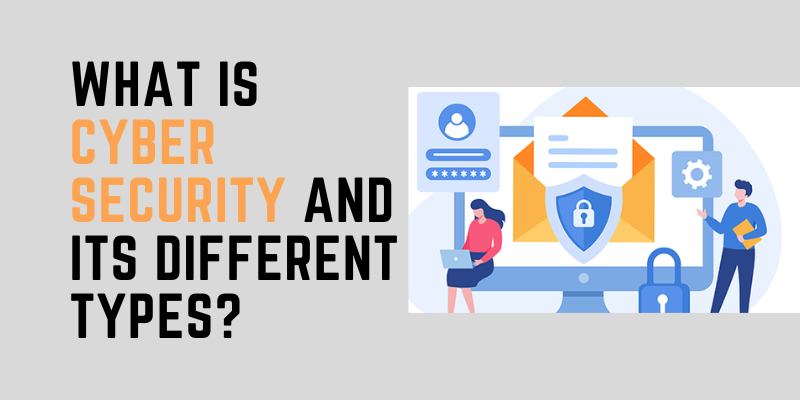What Is Cyber Security And Its Different Types?
What Is Cyber Security And Its Different Types?
The term “cyber security” covers all facets of safeguarding a company’s assets, personnel, and operations from online dangers. Various cyber security solutions are needed to reduce cyber business risk as cyberattacks become more frequent and sophisticated and corporate networks become more complicated. To know more about cyber security, join the cyber security course in chennai at FITA Academy.
Different types of cybersecurity are:
1)Network Security
Most attacks occur across networks, and network security solutions are made to spot and stop these attacks. These solutions incorporate data and access controls, including Next-Generation Firewall (NGFW) application restrictions, Network Access Control (NAC), Data Loss Prevention (DLP), Identity Access Management (IAM), and NAC (Identity Access Management) to enact safe online use regulations.
Cutting-edge and multi-layered network threat avoidance technologies include NGAV (Next-Gen Antivirus), Sandboxing, and CDR (Content Disarm and Reconstruction). Threat hunting, network analytics, and automated SOAR (Security Orchestration and Response) technologies are also significant.
2)Cloud Security
Securing the cloud becomes a top priority as businesses increasingly utilize cloud computing. With the aid of cyber security solutions, controls, rules, and services, an organization’s whole cloud deployment (applications, data, infrastructure, etc.) can be shielded against attack.
Even though many cloud providers provide security solutions, more is needed to establish enterprise-grade security in the cloud. In cloud systems, additional third-party solutions are required to defend against data breaches and targeted assaults.
3)Endpoint Security
The zero-trust security concept advises enclosing data wherever it may be in micro-segments. Using endpoint security with a mobile workforce is one method to achieve that. Employing advanced threat prevention techniques like anti-phishing and anti-ransomware, as well as technologies that offer forensics like endpoint detection and response (EDR) solutions, businesses may secure end-user devices like desktops and laptops.
4)Mobile Security
Despite having access to corporate data, mobile devices like tablets and smartphones are routinely ignored, placing businesses in danger of phishing, malicious software, zero-day vulnerabilities, and IM (Instant Messaging) attacks. Mobile security, which guards against rooting and jailbreaking operating systems and devices, thwarts these threats. When paired with an MDM (Mobile Device Management) solution, this enables enterprises to ensure that only compliant mobile devices can access company assets.
5)IoT Security
Although deploying Internet of Things (IoT) devices undoubtedly increases productivity, it also exposes businesses to new online threats. Threat actors look for weak devices that are unintentionally connected to the Internet to utilize for illicit purposes like gaining access to corporate networks or joining another bot in an extensive bot network.
With the help of auto-segmentation to manage network activity, discovery and classification of connected devices, and IPS as a virtual patch to thwart attacks on susceptible IoT devices, IoT security safeguards these gadgets. To guard against exploits and runtime attacks, the device’s firmware may be supplemented with tiny agents in some situations.
Conclusion:
I hope this blog is useful for knowing more about what is cyber security and its different types. To learn more about network security, cloud security, and IoT, join cyber security online course. Cyber security is vital to learn more for creating a safe operations from online attacks.

